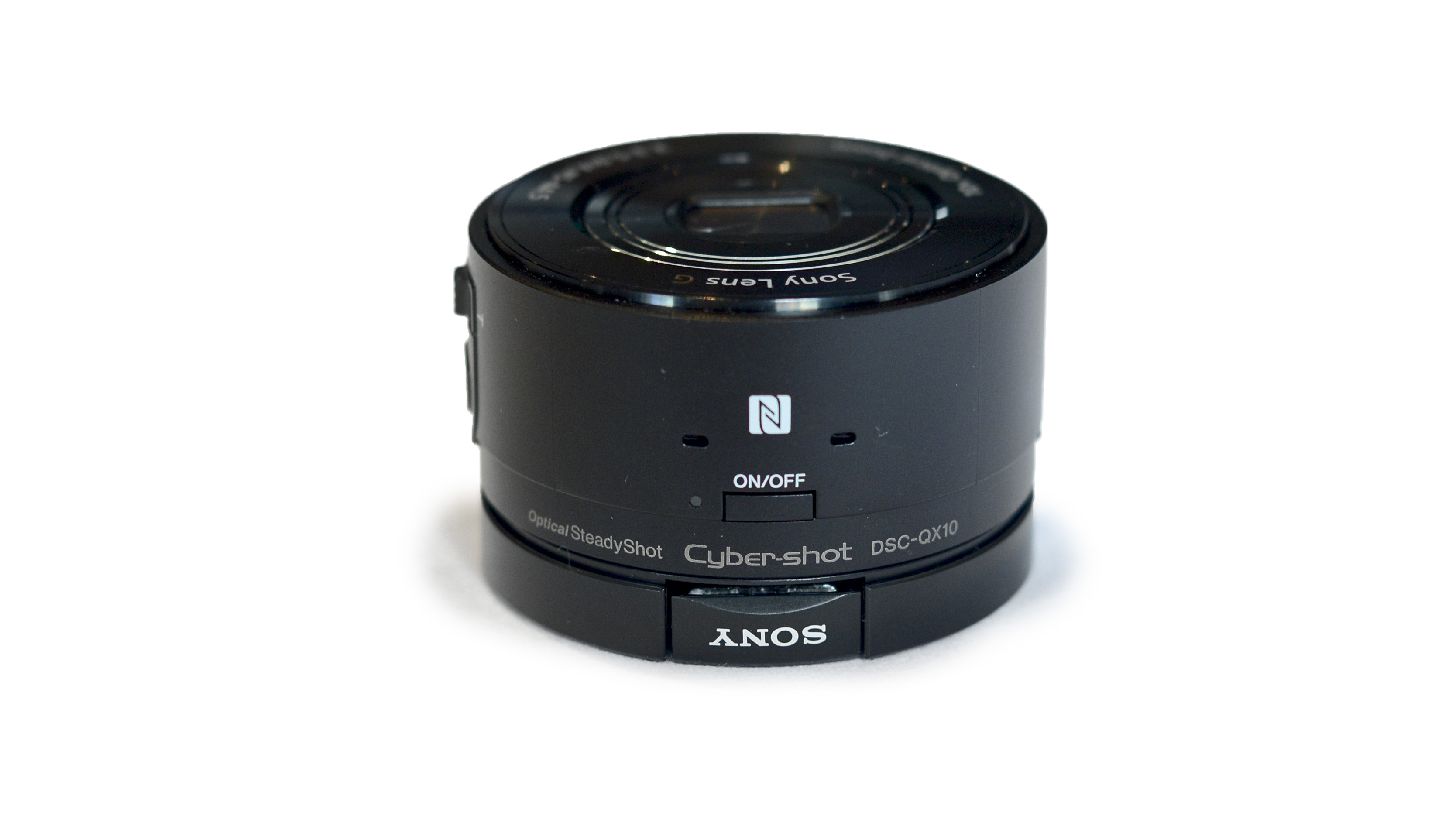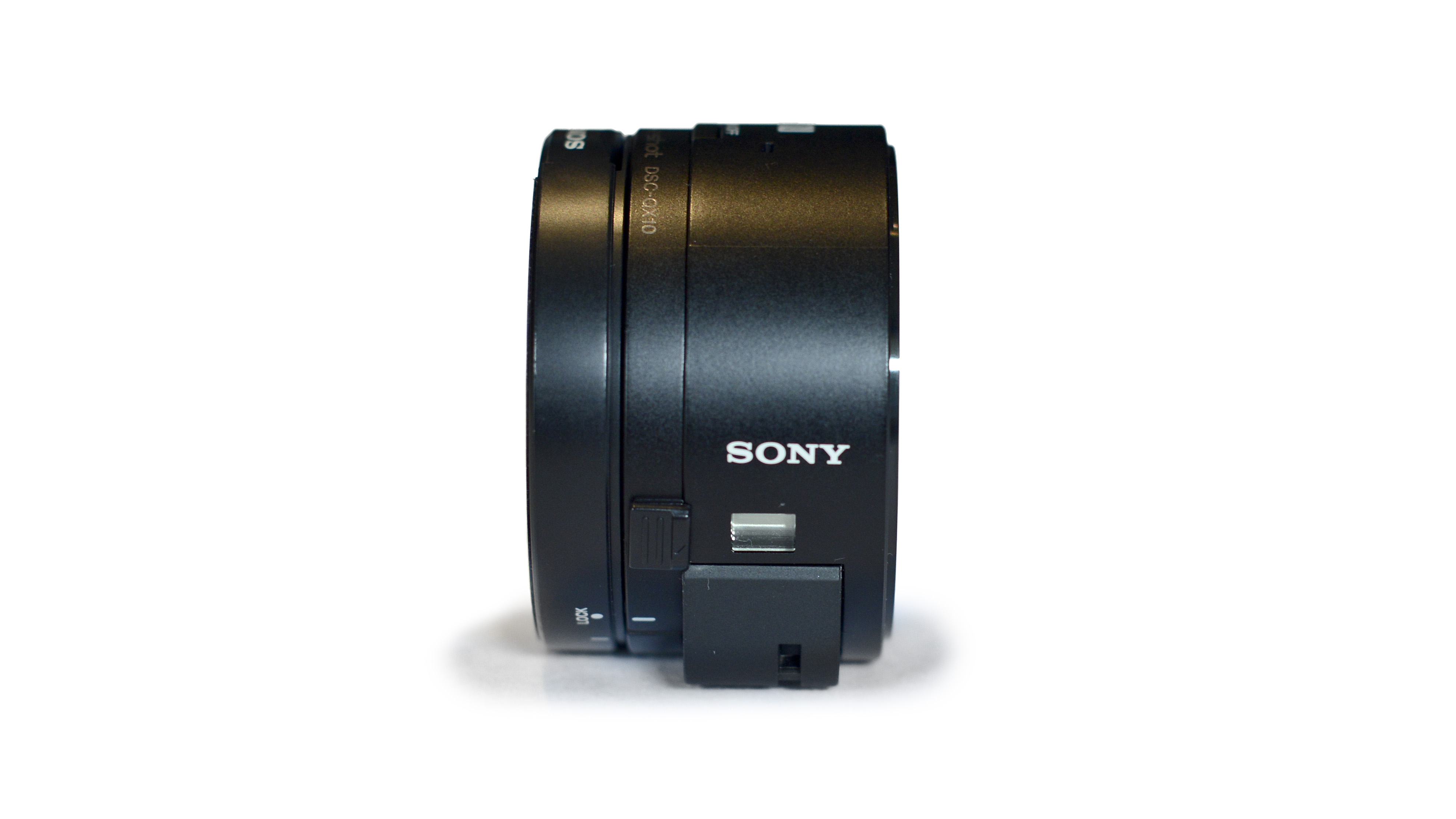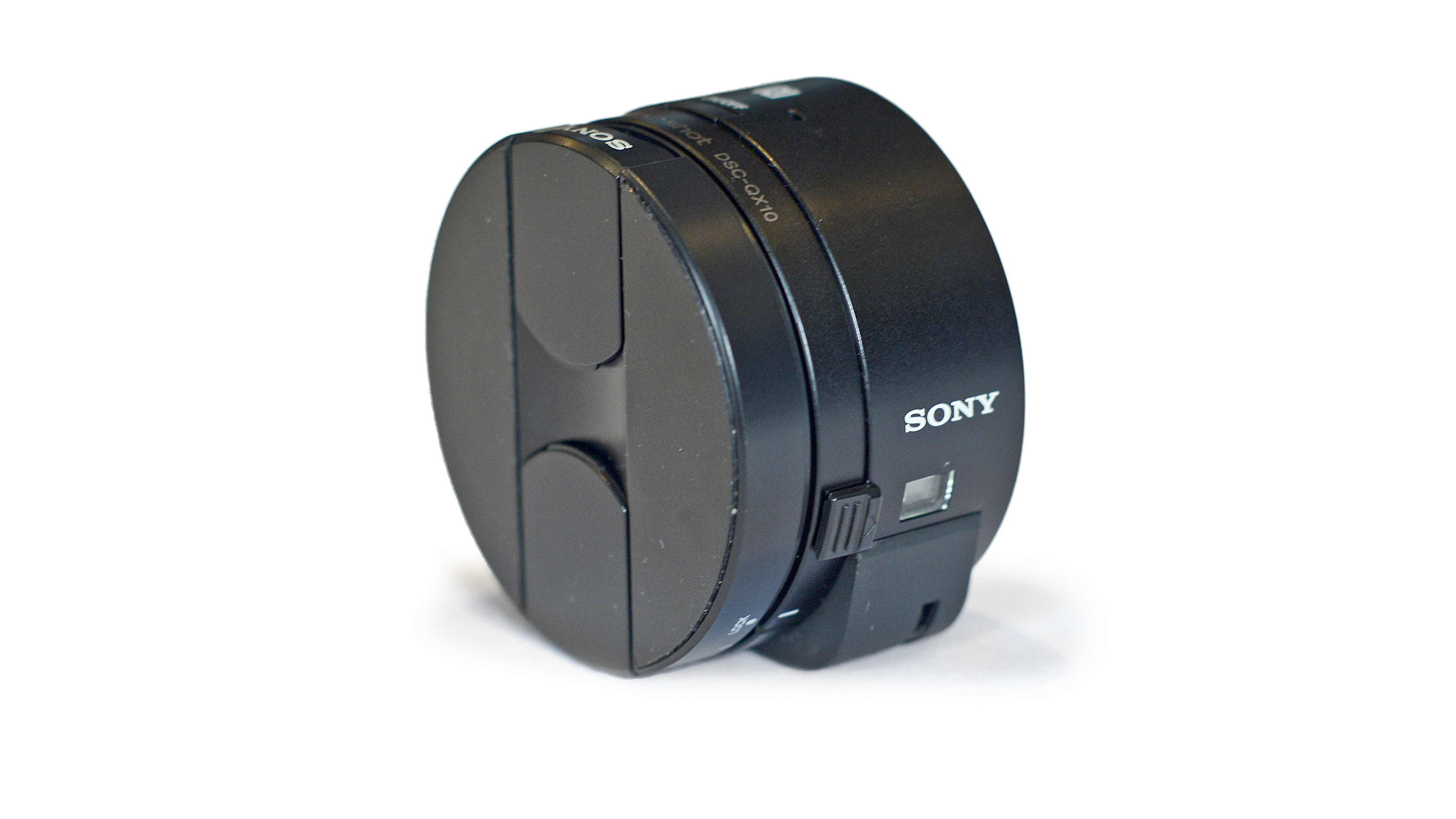Why you can trust TechRadar
It's no secret that the smartphone market is rapidly eating into the compact camera market. Many companies are trying to figure out new ways to get consumers to buy dedicated image making devices, but Sony's approach is to produce something that works with your smartphone rather than competing against it.
It's introduced two new compact cameras, which look like lenses but actually contain everything you might expect from a standard device, including a sensor, processor, memory card slot and optical zoom. The crucial bit that's missing is the screen, which is where your smart phone comes in.

These cameras hook up to your smartphone - not just Sony devices - and are controlled via the free app which is available for iOS, Android and Kindle Fire. From there you've got a decent camera to use in conjunction with your top notch sharing device, so in theory you get the best of both worlds.
Sony is a company which is known for its innovation, and here is another device that could, if not revolutionise, evolutionise, the way we think about compact cameras. By acknowledging that many users don't want something entirely separate, but do want better image quality, the QX10 is the kind of device that should have a lot of heads turning – indeed it is generating a fair amount of buzz already.
The QX10 is the cheaper of the two new devices, and is based on the Sony WX100 compact camera. It therefore features a 18.2 million pixel 1/2.3 inch sensor and a 10x optical zoom. It's also equipped with a Bionz processor. All this adds up to what should provide your smartphone with much better low light and better zoom capabilities than what it can muster all by itself. By comparison, the QX100 is based on the premium Sony RX100 II and features a one-inch 20.2 million-pixel sensor.
You connect the camera to your smartphone or tablet via Wi-Fi or NFC. You could of course use the camera without a smartphone or tablet, but you wouldn't be able to control any of the settings or see exactly what's in frame.

There is a microSD slot within the camera itself, but you can also choose to save photos directly to the phone, or to save a large file to the memory card and a more share-friendly file size to the phone. Neither of the two new QX devices shoot in raw format.
At launch, the QX10 will be available for £180 (US$248, AU$279), making it competitive with plenty of dedicated compact cameras which also feature Wi-Fi, such as the Canon IXUS 140. It seems likely that the price will drop significantly after it has been in the market for a while.
It also competes with the Samsung Galaxy S4 Zoom, which is a smartphone with an integrated 10x optical zoom camera. The QX10 is arguably a more flexible option though since you can use it with more than one device, and you can remove it from the phone should you be struggling for pocket space.
As it stands, only Sony's proprietary PlayMemories app is compatible with the camera, but there have already been announcements that other apps will include functionality with the QX10, so perhaps other developers will follow suit. It will be interesting to see if something as hugely popular as Instagram updates its app to include compatibility with devices such as this.
Amy has been writing about cameras, photography and associated tech since 2009. Amy was once part of the photography testing team for Future Publishing working across TechRadar, Digital Camera, PhotoPlus, N Photo and Photography Week. For her photography, she has won awards and has been exhibited. She often partakes in unusual projects - including one intense year where she used a different camera every single day. Amy is currently the Features Editor at Amateur Photographer magazine, and in her increasingly little spare time works across a number of high-profile publications including Wired, Stuff, Digital Camera World, Expert Reviews, and just a little off-tangent, PetsRadar.
What is a hands on review?
Hands on reviews' are a journalist's first impressions of a piece of kit based on spending some time with it. It may be just a few moments, or a few hours. The important thing is we have been able to play with it ourselves and can give you some sense of what it's like to use, even if it's only an embryonic view. For more information, see TechRadar's Reviews Guarantee.

